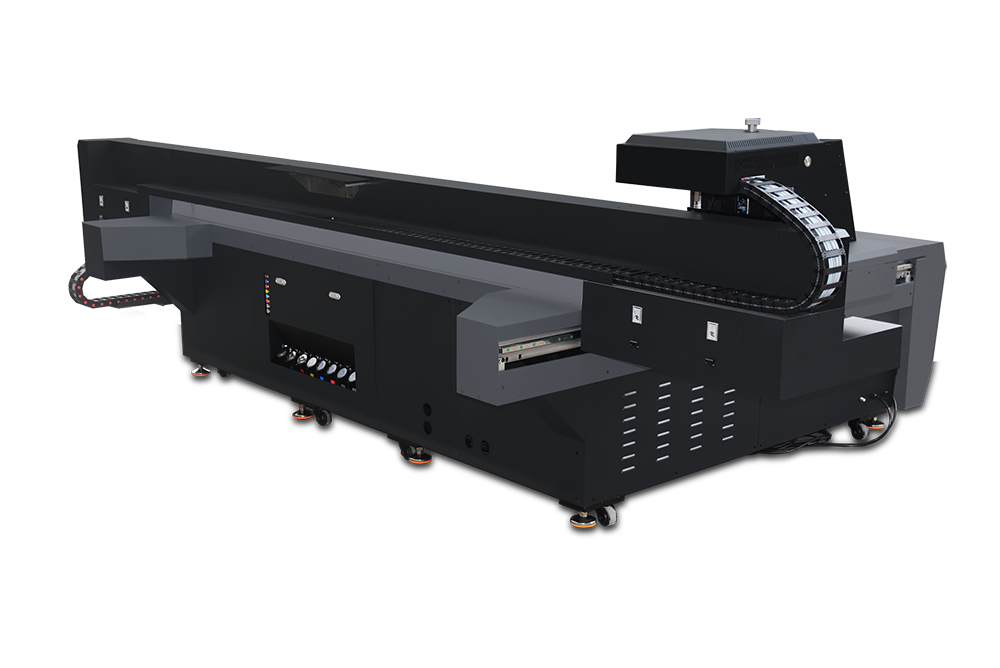What is the Difference Between UV and Latex Printing?
What is the Difference Between UV and Latex Printing?
In the realm of digital printing, two technologies have gained significant attention for their unique capabilities and applications: UV printing and latex printing. Both methods offer distinct advantages and cater to specific needs within the printing industry. Understanding the fundamental differences between UV and latex printing is crucial for businesses and individuals seeking to leverage these technologies effectively. This article delves into the intricacies of both printing techniques, exploring their working principles, advantages, disadvantages, and ideal use cases.

UV Printing: An Overview
UV printing, short for ultraviolet printing, is a digital printing process that utilizes UV-curable inks. These inks are formulated to cure or dry instantly when exposed to ultraviolet light. This technology allows for printing on a wide range of materials, including plastics, glass, metal, and various types of paper and cardboard. The primary advantage of UV printing lies in its ability to produce high-quality prints with vibrant colors and sharp details rapidly.
The process begins with the ink being applied to the substrate using a digital printer. Immediately after application, UV lights are directed onto the ink, causing it to cure or solidify. This curing process is what sets UV printing apart, as it enables the ink to adhere to non-porous surfaces without the need for additional drying time. The result is a durable, scratch-resistant print that can withstand exposure to moisture and sunlight.
Advantages of UV Printing
Instant Drying: UV inks cure instantly under UV light, allowing for immediate handling and finishing of printed materials.
Versatility: Can print on a broad spectrum of materials, making it suitable for diverse applications.
Durability: Prints are resistant to fading, scratching, and environmental factors, ensuring longevity.
High Quality: Produces sharp images and vibrant colors, suitable for high-end graphics and marketing materials.
Eco-Friendly: UV inks are often more environmentally friendly than traditional solvent-based inks.
Disadvantages of UV Printing
Cost: UV printers and inks can be more expensive than traditional inkjet or latex printing options.
Energy Consumption: The UV curing process requires significant energy, making it less energy-efficient.
Health Considerations: Exposure to UV light during the printing process requires proper safety measures to protect operators.
Latex Printing: An Overview
Latex printing, on the other hand, uses water-based inks that contain latex particles. These inks are known for their flexibility, durability, and environmental friendliness. Latex printing is commonly used for large-format applications such as wall murals, vehicle wraps, and outdoor signage. The inks are designed to stretch and conform to various surfaces without cracking or fading, making them ideal for applications that require flexibility and longevity.
The printing process involves applying the latex ink onto the substrate using a digital printer. The ink is then either allowed to air dry or passed through heaters to accelerate the drying process. Once dry, the print is ready for use or further finishing.
Advantages of Latex Printing
Flexibility: Latex inks can stretch and conform to curved surfaces without compromising print quality.
Durability: Prints are resistant to cracking, fading, and water damage, making them suitable for outdoor use.
Eco-Friendly: Water-based latex inks are generally more environmentally friendly than solvent-based inks.
Vibrant Colors: Produces rich, vibrant colors that maintain their intensity over time.
Versatile Applications: Suitable for a wide range of applications, including indoor and outdoor signage, vehicle wraps, and textiles.
Disadvantages of Latex Printing
Drying Time: Although faster than traditional inkjet printing, latex inks still require some drying time, which can slow down production.
Limited Substrate Compatibility: While versatile, latex printing may not be suitable for all materials, especially those with specific surface properties.
Cost: Although more affordable than UV printing in some cases, the cost of latex inks and printers can still be higher than traditional inkjet options.
Comparing UV and Latex Printing
When deciding between UV and latex printing, several factors must be considered, including the intended application, substrate compatibility, print quality requirements, and budget constraints.
Application and Substrate: UV printing is ideal for applications that require instant curing and durability on a wide range of materials. Latex printing, on the other hand, is better suited for applications that demand flexibility and long-term performance on specific substrates.
Print Quality: Both UV and latex printing produce high-quality prints with vibrant colors and sharp details. However, UV printing offers superior scratch and fade resistance, making it more suitable for high-end applications.
Environmental Impact: Both technologies are more environmentally friendly than traditional solvent-based inks. However, latex inks, being water-based, are generally considered more eco-friendly.
Cost: UV printing tends to have a higher upfront cost due to the expense of UV printers and inks. Latex printing, while still an investment, may be more budget-friendly for certain applications.
Conclusion
In conclusion, UV and latex printing are both valuable digital printing technologies, each with its unique strengths and applications. UV printing is ideal for projects that require instant curing, versatility in substrate compatibility, and superior durability. Latex printing, on the other hand, is better suited for applications that demand flexibility, long-term performance, and eco-friendliness.
Understanding the differences between these two technologies is crucial for businesses and individuals seeking to leverage digital printing for their specific needs. By considering factors such as application requirements, substrate compatibility, print quality, environmental impact, and budget constraints, it is possible to select the most appropriate printing method for any given project. Whether it’s UV or latex printing, both technologies continue to revolutionize the printing industry, offering unparalleled versatility, quality, and efficiency.
